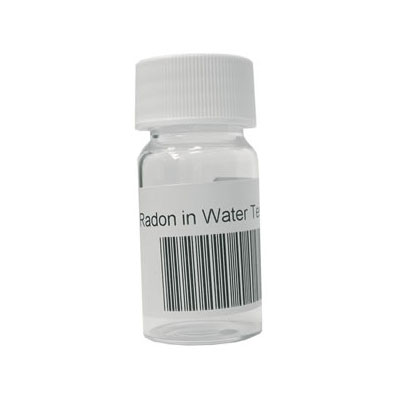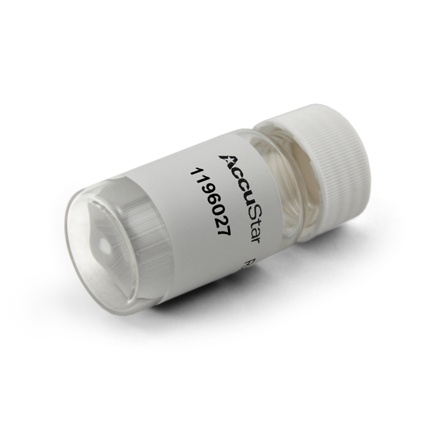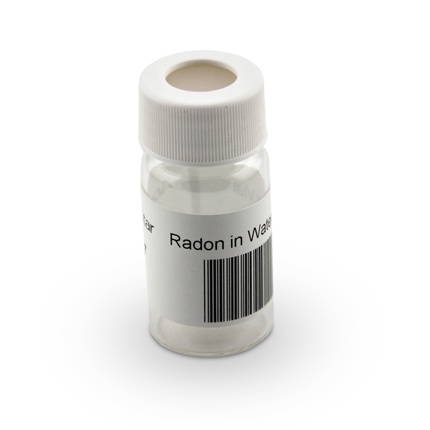Description
This kit includes:
- A radon in water test vial
- One heat pad to prevent freezing during transit
- Instructions
- Laboratory analysis and report
- Not included: Return envelope and shipping
Instructions for Use:
- Take your water sample on a Monday and ship it the same day.
- Avoid scheduling the test during major Canadian or American holiday weeks to prevent shipping delays.
- The vial must reach the lab within 7 days of taking the water sample; otherwise, the test may become invalid.
Note: Do not use the heat pad in hot weather conditions to prevent evaporation of the water sample.
AccuStarCanada.com offers a pre-paid return shipping label to eliminate concerns about delays in returning your test device. If you purchase the return shipping label alongside your dosimeter, you’ll receive a ready-to-use prepaid FedEx return envelope. Visit our Return Shipping Label section for more information. Please review the user guide before purchasing to understand the testing process and return procedures.
A standard boro-silicate glass VOA sample collection vial with Teflon sepa cap is used for sample collection. Minimum sample volume is 20 ml. Collect the sample from a source of fresh cold water. Allow the water to run until any holding tanks and pipes are cleared. Minimize aeration during sample collection.
One method of sample collection is to slowly fill a bowl or deep pan. Submerge the collection vial and cap open side up until they fill. While the vial is still submerged, screw the cap of the vial back on. The sample should not contain any air bubbles or have any headspace. The sample collection vial does not contain a preservative. If there are any air bubbles in the sample, collect the sample again. Return the sample to the laboratory within 4 days.
In the laboratory, a measured aliquot of the water sample is mixed with scintillation cocktail in a glass test vial. Radon preferentially dissolves into the cocktail over period of several hours. The vial is then placed in a shielded chamber for counting. Alpha particles emitted by the breakdown products of Radon create scintillations, or flashes of light, in the cocktail.
A photo-multiplier tube detects these scintillation’s, the signal is electronically enhanced and the effect of the alpha particles are counted. Background counts are subtracted and the net counts are entered into a formula with other relevant data yielding quantitative results stated in Becquerel per Liter (Bq/L).
If radon concentrations in drinking water exceed 2000 Bq/L, it is recommended that actions be taken to reduce the release of radon from the drinking water into ambient air.
NOTE: Due to the nature of the product, all sales are final. AccuStar Canada is not responsible for late or lost shipments to the laboratory by the courier.



